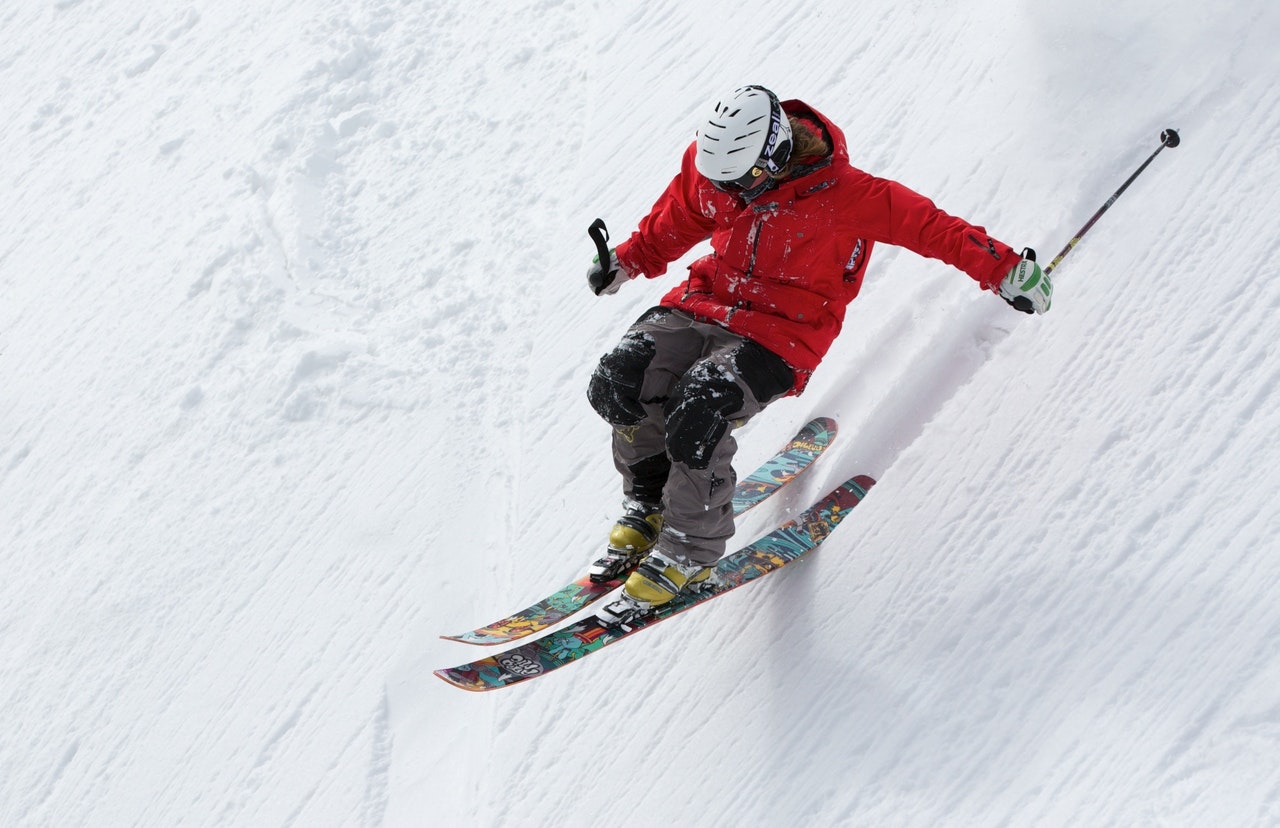Skier/Snowboarder Fatalities Increased From 2020-2021

During the 2020-2021 season, 48 people were killed in skiing and snowboarding accidents, as reported by the National Ski Areas Association (NSAA). These fatalities represented an increase of six incidents over the previous 2019-2020 season, which was shortened by the global pandemic. Most of these fatal accidents resulted from collisions with objects. The majority of the people who died were males between the ages of 21 and 30 who were skiing on more difficult terrain. Only approximately 79% of the snowboarders and skiers who suffered fatal accidents were wearing helmets. This falls below the national average for helmet usage, which is 87%.
Historical Context for the 2020-2021 Skiing and Snowboarding Fatalities
- The 10-year industry average for skiing and snowboarding fatalities is 39 per season.
- 48 deaths during the 2020-2021 season, a considerably higher number.
- With 59 million skier and snowboarder visits during the 2020-2021 season, the fatality rate was less than one death (0.81) per one million skier visits.
- The 10-year average fatality rate is 0.72 fatalities per one million skier visits.
Methodology and Parameters for the 2020-2021 Fatality Statistics
Every year, at the end of the winter operating season, NSAA collects data from all ski areas in the U.S. It compiles this data to provide information to the public that accurately reflects the risks of skiing and snowboarding in ski areas in the U.S. This data only includes fatal skiing and snowboarding accidents that occur within the boundaries of the ski areas. It does not include:
- Backcountry fatalities that happen outside the ski resort’s boundaries
- Deaths that occur after hours when the ski area is closed
- Deaths caused by pre-existing medical conditions, such as heart attack or stroke
- Fatalities of ski area employees on the job, unless the death was of a similar character as could occur to a guest
- Industrial accident fatalities (such as a lift mechanic fall from a chairlift tower)
Inherent Risks in Skiing or Snowboarding in a Ski Area
Certain risks of injury are inherent in the sports of skiing and snowboarding. The most common injuries for both sports are bruises and broken bones, as stated by the Center for Injury Research and Policy of the Research Institute at Nationwide Children’s Hospital (CIRP). The parts of the body most commonly injured by skiers are the knees, head, and face. Snowboarders most commonly injure the arms or wrists. Most skiing and snowboarding injuries are caused by falls or by crashing into a tree or another object. Traumatic brain injury is the leading cause of death and serious injury among skiers and snowboarders.
Safety Tips for Skiers and Snowboarders
When you are skiing or snowboarding, taking certain precautions can help keep you safe:
- Always wear a helmet designed for the purpose.
- Take a skiing or snowboarding lesson – even if you are experienced, a refresher can’t hurt.
- Only go on trails suited to your level of skill and stay on the trails.
- Do not ski or snowboard alone.
- Prepare for the weather. Wear layers of clothing, sunscreen, and ski goggles.
- Make sure your boots fit properly and your bindings are adjusted correctly.
- Make sure you know how to get on, ride, and get off a ski lift, tow rope, or carpet – before you use one.
If you have been injured in a skiing or snowboarding accident caused by someone else’s negligence, you may be entitled to pursue compensation for your medical expenses, lost earnings, pain and suffering, and other losses. Contact The Law Firm of Joseph H. Low IV at (562) 901-0840 or toll-free at (888) 454-5569 to schedule a free consultation. We can tell you if you have a case and what damages you may be entitled to claim.